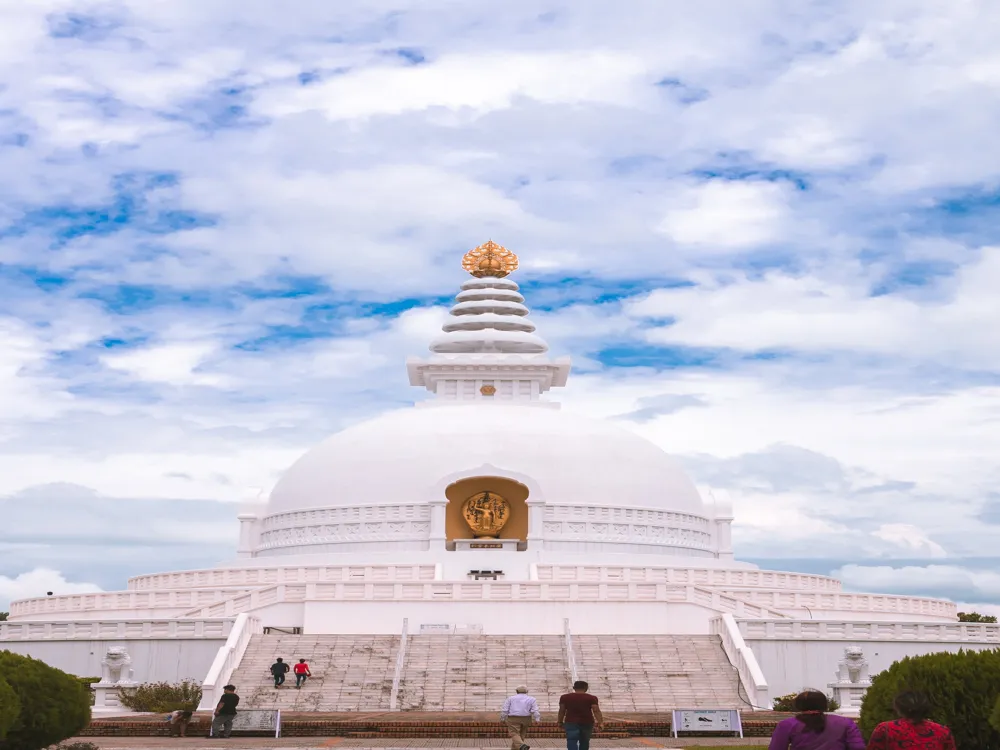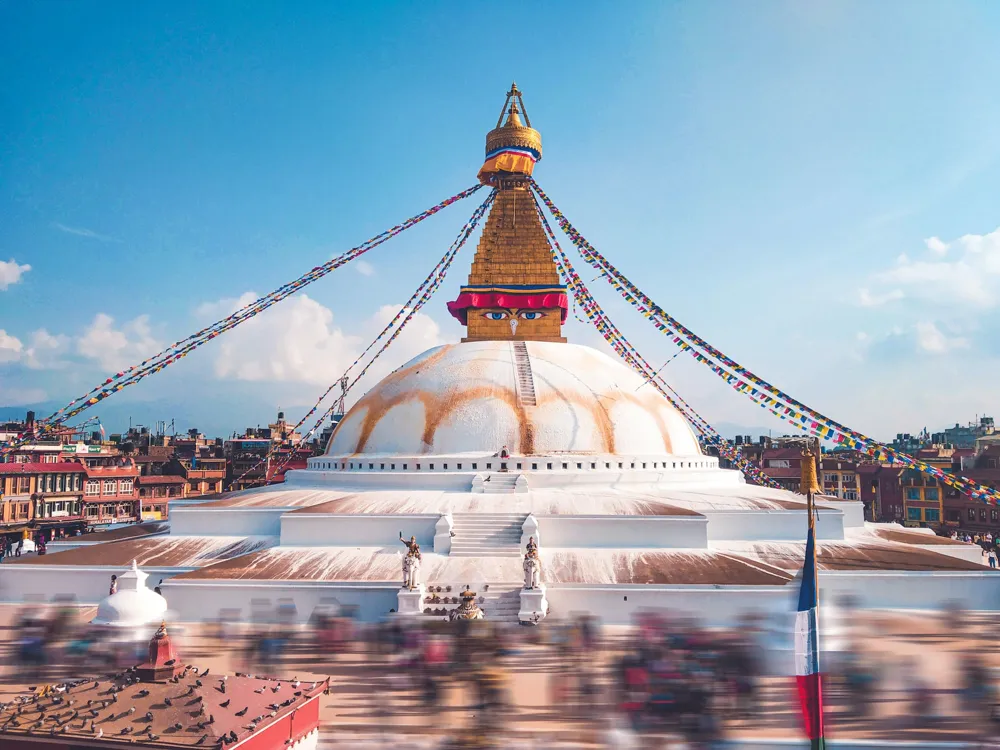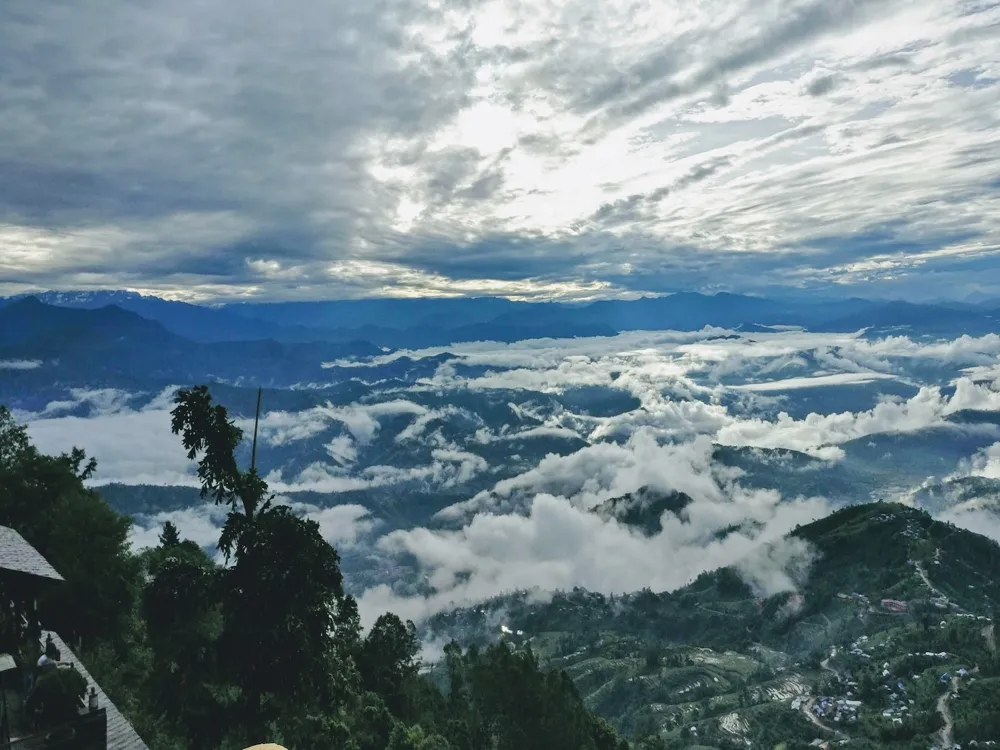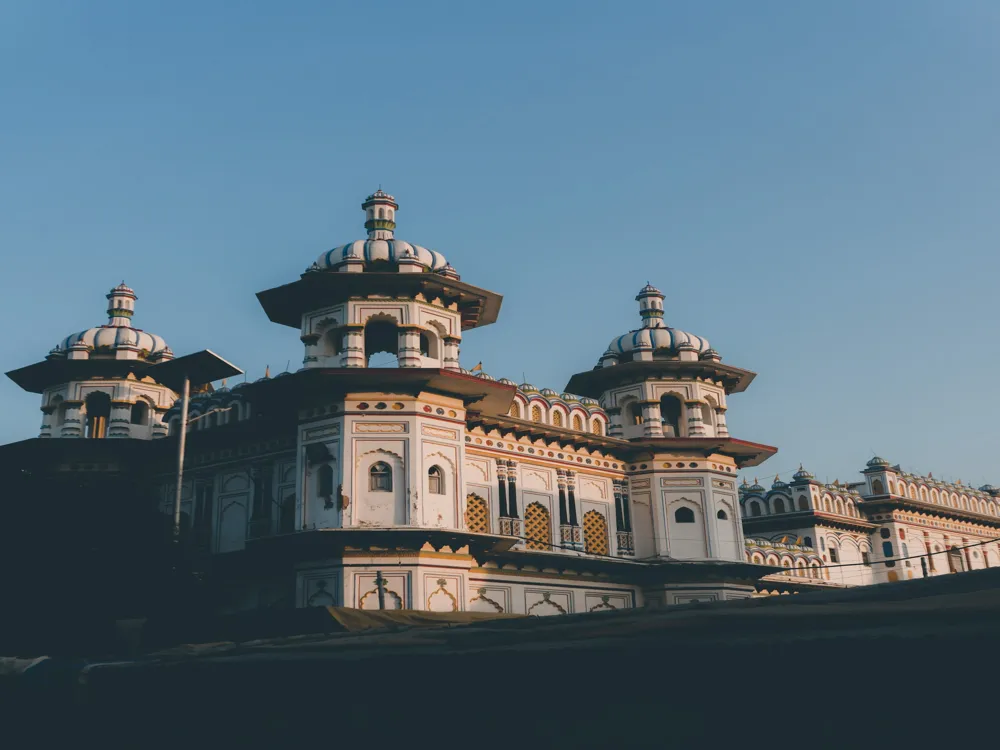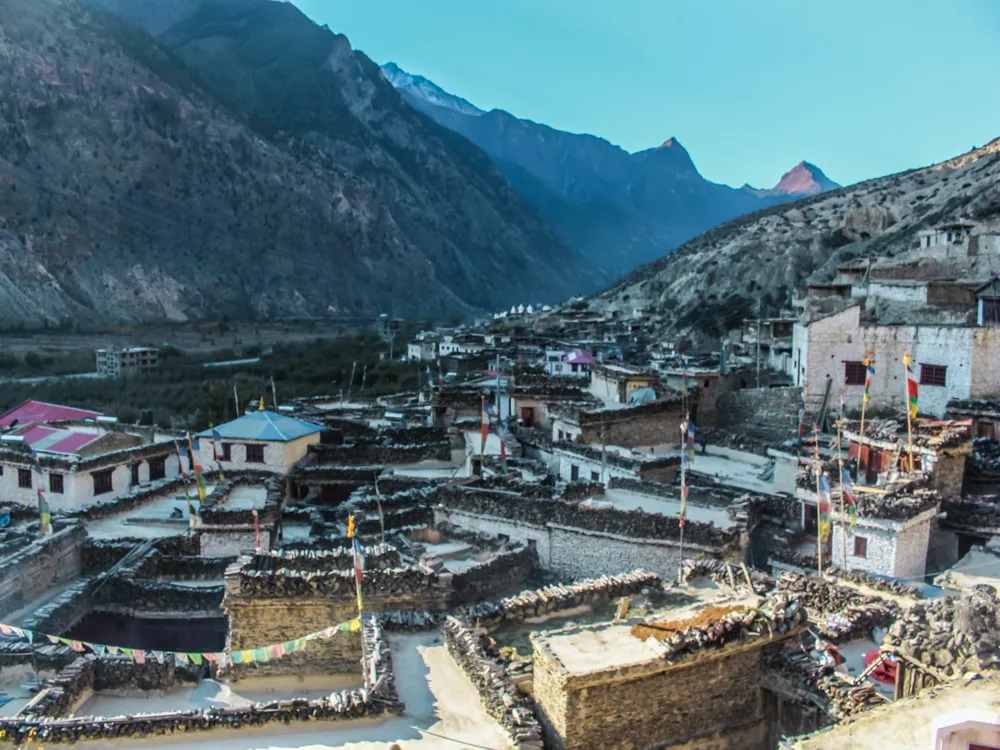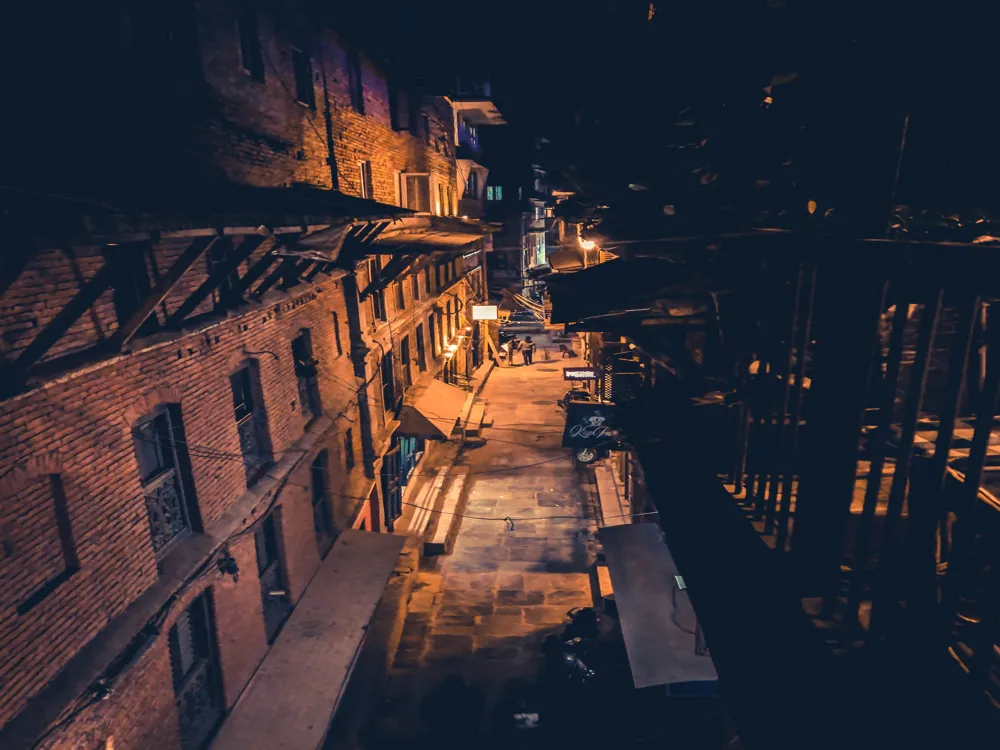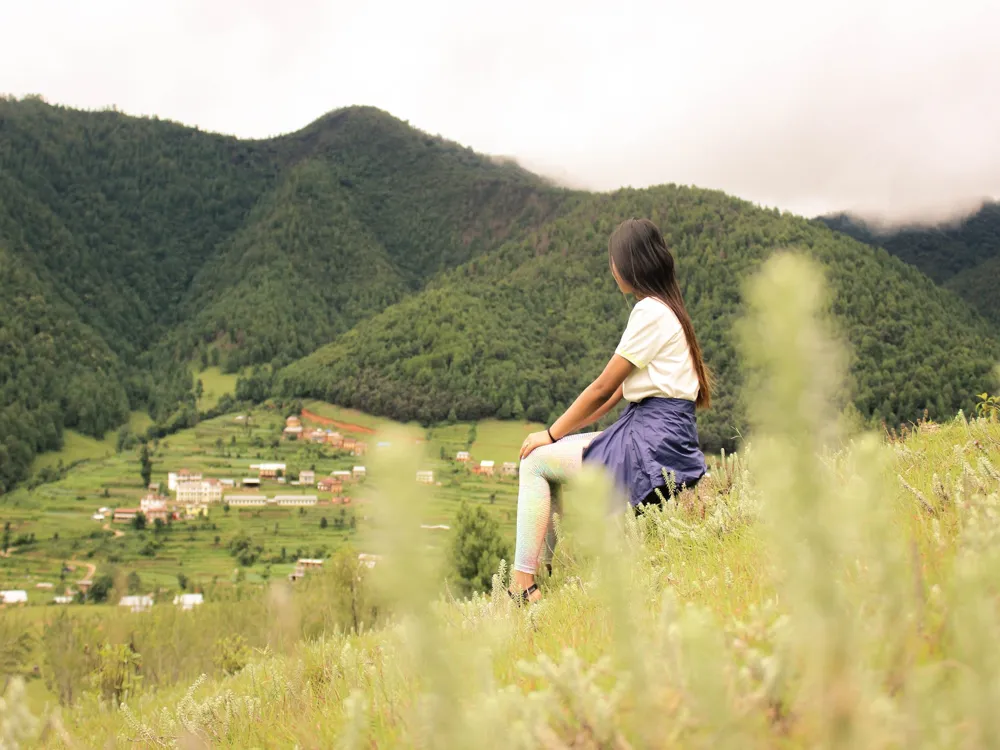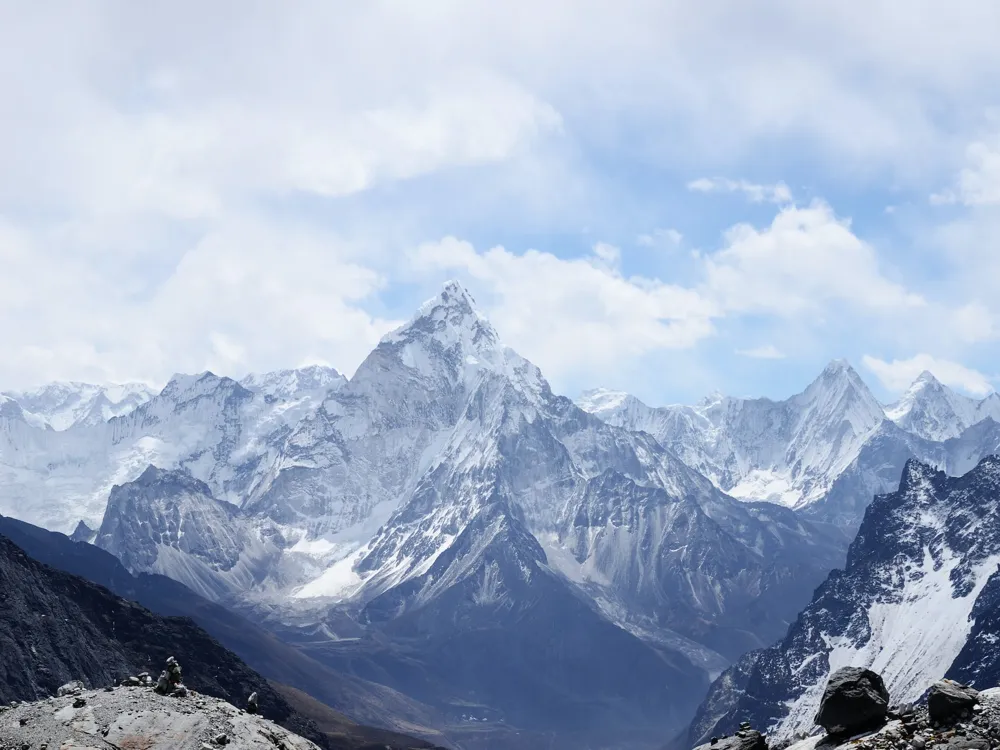The Tibetan Refugee Camp in Pokhara is a sanctuary for Tibetans who fled their homeland due to political unrest. Established in the early 1960s, it has since become a hub of Tibetan culture and heritage, showcasing traditional crafts, cuisine, and the resilience of the Tibetan people. The architecture of the Tibetan Refugee Camp is a testament to Tibetan culture and resilience. Traditional Tibetan houses with colorful facades dot the landscape, while prayer flags add a spiritual ambiance. The camp also houses monasteries and stupas, reflecting the community's strong Buddhist faith. 1. Respect Local Customs: Tibetan culture is rich in traditions and customs. Visitors are encouraged to respect these practices by dressing modestly and behaving respectfully. 2. Support Local Craftsmen: The camp is known for its exquisite handicrafts. Purchasing these not only provides you with a unique souvenir but also supports the local economy. 3. Learn Before You Go: Understanding the history and struggles of the Tibetan people will enrich your visit, giving you a deeper appreciation of the community and its culture. The Tibetan Refugee Camp in Pokhara can be reached by various means. Local buses and taxis are readily available from Pokhara city. Visitors can also hire bicycles or motorcycles for a more personal exploration of the area. It's advisable to check the latest travel advisories and road conditions before planning your visit. Read MoreOverview of Tibetan Refugee Camp of Pokhara
Architecture of Tibetan Refugee Camp
Tips When Visiting Tibetan Refugee Camp
Click for tips
How To Reach Tibetan Refugee Camp
Pokhara Tourism
Best Time to Visit Pokhara
How to Reach Pokhara
Things To Do Pokhara
Tibetan Refugee Camp
Pokhara
₹ 5,000 onwards
View pokhara Packages
Pokhara Travel Packages
View All Packages For Pokhara
Top Hotel Collections for Pokhara

Private Pool

Luxury Hotels

5-Star Hotels

Pet Friendly
Top Hotels Near Pokhara
Other Top Ranking Places In Pokhara
View All Places To Visit In pokhara
View pokhara Packages
Pokhara Travel Packages
View All Packages For Pokhara
Top Hotel Collections for Pokhara

Private Pool

Luxury Hotels

5-Star Hotels

Pet Friendly


